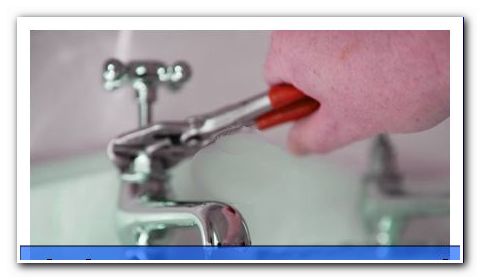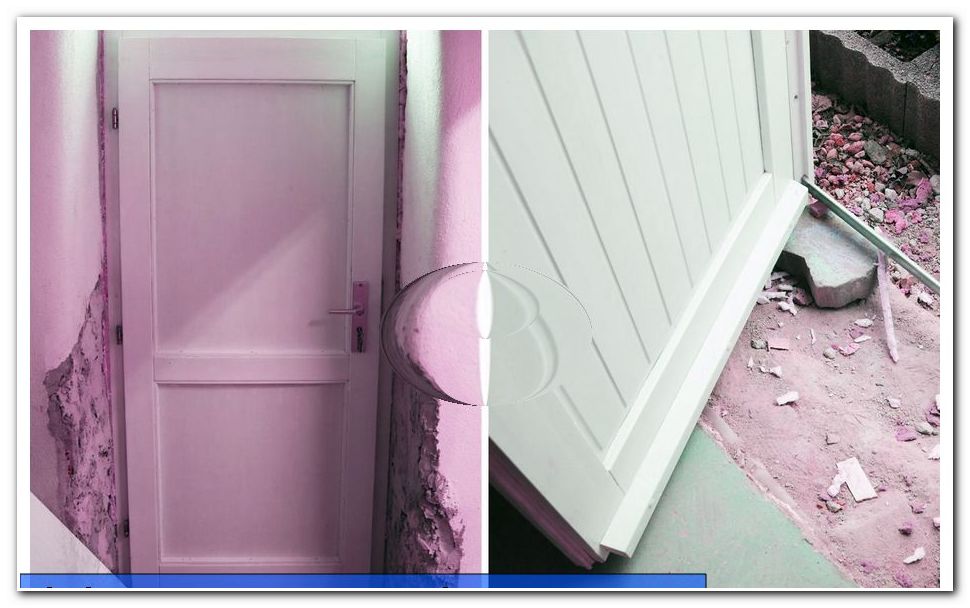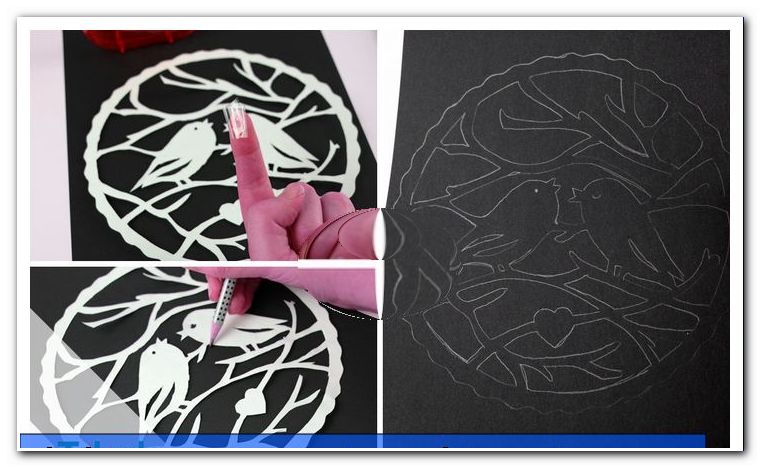Decalcify the tap - get the inside of the perforator and strainer clean

Lime is a problem, which is generally common in taps. Imagine, you would never clean your faucet. Within a few weeks, it would be covered with lime and would thus form a breeding ground for bacteria and germs. But not only visible places on the tap can be victims of lime, especially the pervator is a place that is often occupied by lime. Lime is not only unpleasant, but can make you sick, so it makes sense to clean it.
Decalcifying perlator regularly is important
As an aerator, the aerator is called, which is located at the outlet of the faucet. It is a jet regulator that adds air to the jet of water and softens it. In addition, such a sieve prevents the water from splashing. If you do not descale the aerator, bacteria may accumulate in the strainer, which will be flushed out of the water faucet each time the water is removed. No rocket science is necessary to free the aerator from excess lime, the cleaning takes place almost by itself. Whether with home remedies or a special cleaner, the result of the cleaning is a new mixing nozzle, which carries the water back from the tap with full force.

You need the following items
If you want to decalcify the jet regulator, you must first select the method. You can use an anti-limescale agent from the hardware store or the drugstore or you can resort to home remedies. Both methods work well so you have the freedom of choice. The advantage of an anti-limescale cleaner, however, lies in the fact that the contact time is much shorter than with a self-produced water-vinegar mixture. If you are in a hurry, the handle to the cleaner is worthwhile. As an alternative decalcifier, you can also use citric acid, but this should not be used regularly because it can attack the fitting material.
For decalcification with a cleaner you need:
- rubber gloves
- pipe wrench
- disposable cups
- cleaning supplies
- cloth
- kitchen roll
- freeze bag
- household rubber
If you want to carry out the decalcification with home remedies, you need in addition to the above materials still household vinegar.
Unscrew the mixing nozzle before descaling:
Before you can decalcify the jet regulator from the tap, you must unscrew the aerator. This is not always easy, so you usually need a pipe wrench for this step. You can first try if you can unscrew the mixing nozzle by hand. To do this, wrap a cloth around the jet regulator and turn it counterclockwise. If the sieve does not loosen, the pipe wrench is used. Place the rag around the aerator before doing so as otherwise it may cause unsightly damage. Turn the pipe wrench with the aerator counterclockwise vigorously until the wire slowly loosens.
Tip: Close the drain of the basin with the plug so that small parts do not accidentally get into the spout.

If there are problems with this step, the aerator is already heavily calcified. In this case, you must already partially free it of lime, so you can unscrew it from the tap. Fill the freezer bag with vinegar or decalcifying agent and pull it over the tap. Then fix the bag with a household gum and leave it for at least ten minutes. Now you should be able to easily remove the jet regulator with the pipe wrench. If there are still difficulties, you need to let vinegar or detergent take longer. Especially with old faucets and heavy calcifications, it may take a while for the first lime to dissolve to the point where you can unscrew the pearlescerator.
Tip: If you do not have a freezer bag on hand, you can also use a balloon that you can pull over the tap.
Descaling with special anti-scale cleaner
If you have decided to use an anti-limescale cleaner, simply put it in the disposable cup according to the instructions on the package. Now you can put the sieve and the sealing ring in the liquid and let it act. Be sure to follow the time label on the package, as the sensitive material may otherwise be attacked by the jet regulator. Always use gloves when working with anti-limescale cleaner as the fluid is irritating and can irritate your skin. If your mixer is made of plastic components, do not put them in the liquid as the material may be attacked.
Tip: If the sealing ring is heavily calcified, you can replace it in the course of cleaning.

Descale with vinegar mixture
If you want to use home remedies when decalcifying your mixing nozzle, vinegar is a good choice. Mix in a 1: 1 ratio and pour the liquid into the disposable cup. Now insert all parts of the mixing nozzle and wait a few hours. With heavy calcifications, it may be useful to leave the aerator overnight in the liquid. In between, simply check that the lime has dissolved completely by holding the mixing nozzle under running water. Only remove the items from the water when the lime has been completely removed.
Cleaning the faucet
While the Perlator is set in anti-limescale cleaner or in vinegar water, you can concentrate on cleaning the faucet. Soak a rag with vinegar water or anti-limescale cleaner and wrap around the tap. Then fix the device with a kitchen rubber. If you use a special cleaner, please check the time on the packaging. If you have used vinegar, the cloth should remain on the tap for at least two hours. Then run the water for at least two minutes at the highest level to remove any residual particles. Especially in the thread lime and deposits are often fixed which can then be responsible for the fact that the jet regulator is difficult to remove. Make sure that you also remove all calcium deposits here.

Tip: Stubborn dirt can be removed with a toothbrush that you have previously dipped in vinegar water.
Assembly of the faucet after cleaning
Once you have removed all lime, you can reassemble the faucet. Be sure to replace the sealing ring and strainer as well. Tighten the jacket with the pipe wrench so that it is exactly in place and no water can escape. After the installation you should check if the water flows as usual and the water pressure is pleasant.
Tip: Run the water for a few minutes to completely remove any residual cleaner from the strainer.
Tips for quick readers:
- Use a pipe wrench to remove the aerator
- Wear gloves with Antikalk cleaner
- Mix vinegar water in a ratio of 1: 1
- Put all items in decalcifier / vinegar
- Exposure time for anti-limescale cleaner see package
- Duration of action with vinegar cleaner several hours
- Wrap cock with soaked rag
- Remove stubborn residues by hand
- porous sealing rings are interchangeable
- check the success before assembling
- Run water after cleaning




